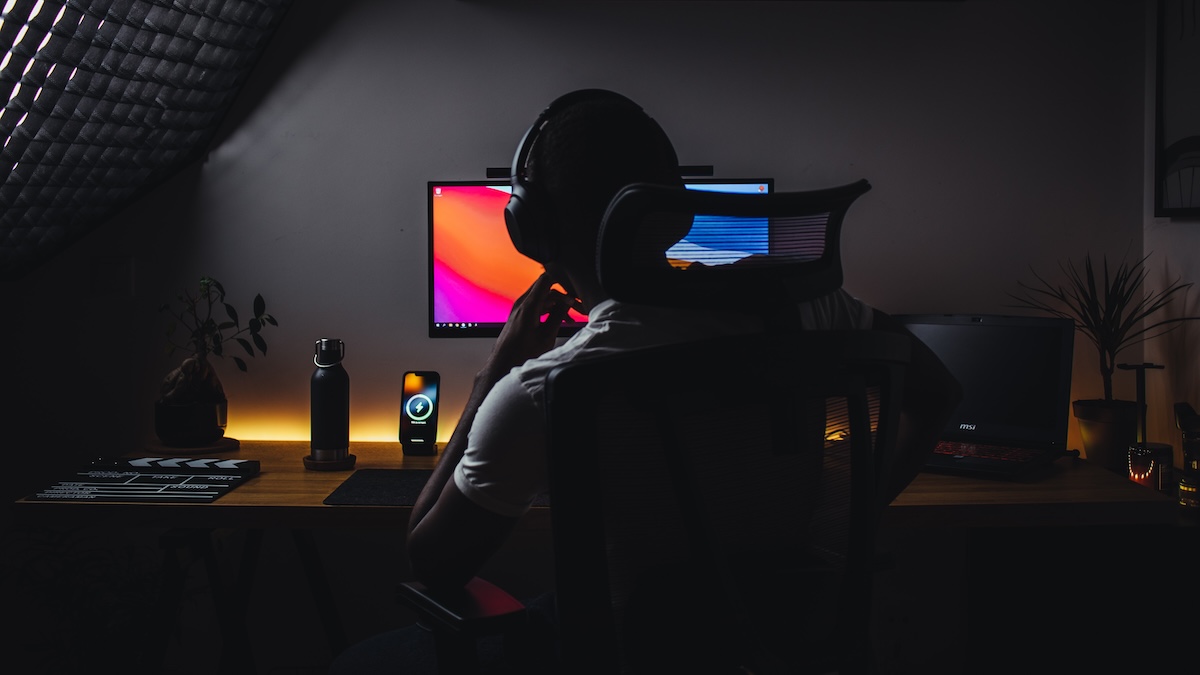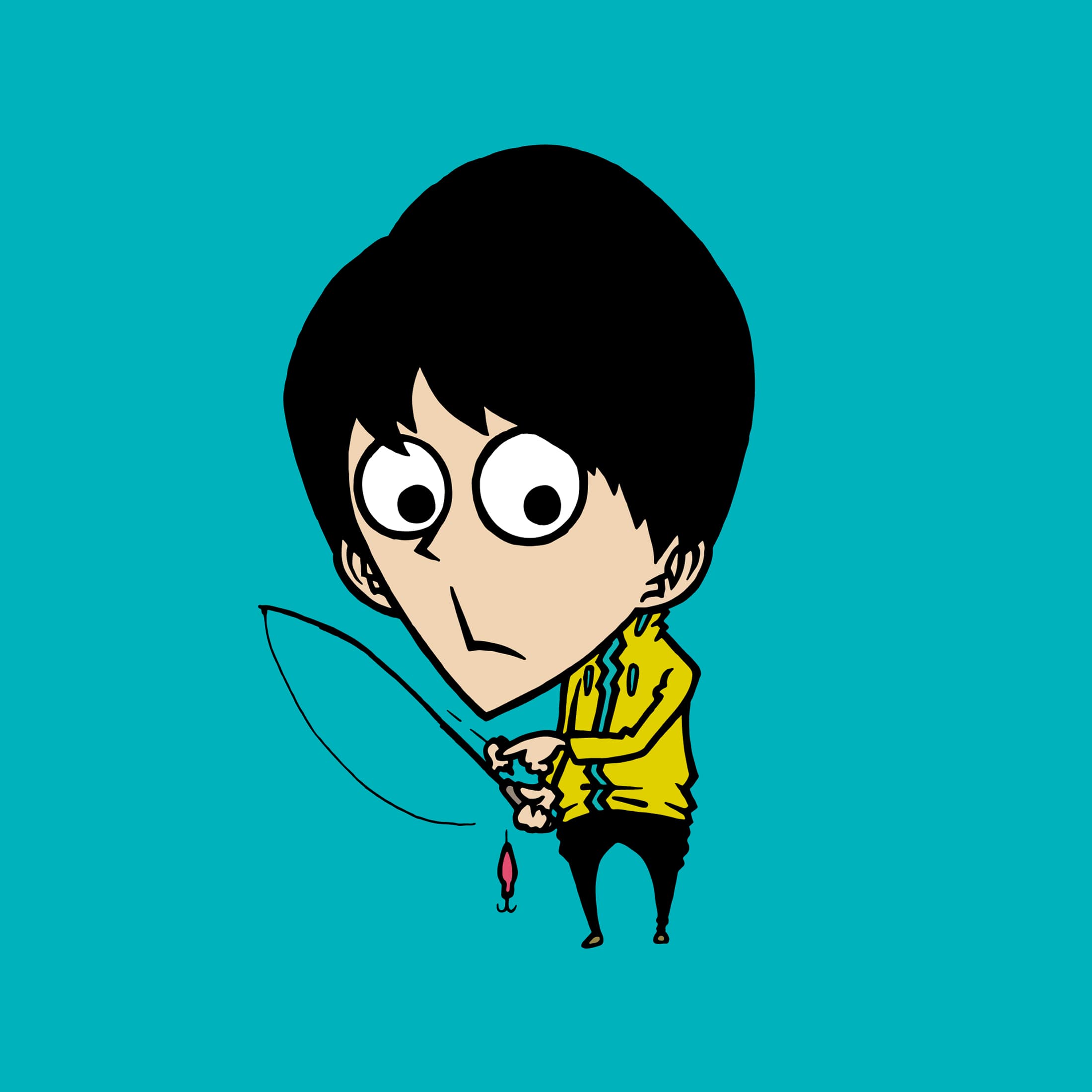The Fusion of AI and Creativity
In this article, we explore the fascinating synergy between AI and creative endeavors. Discover how AI is reshaping the creative landscape, unleashing new possibilities, and pushing the boundaries of imagination.

As AI continues to advance, its integration with the realm of creativity has become increasingly significant. The fusion of AI and creativity is not only reshaping industries but also challenging our understanding of what it means to be a creator.
AI: The Creative Collaborator
In the modern era, AI has evolved far beyond its initial role as a data cruncher. It has now become a creative collaborator, working alongside artists, writers, musicians, and designers to amplify their abilities and transcend conventional boundaries.
For instance, AI-generated art has been making waves in the art world. Artists are using AI algorithms to create mesmerizing pieces that blend human creativity with the computational power of AI. These collaborations yield artworks that are surreal, thought-provoking, and often redefine artistic norms.
Enhancing Creativity
AI doesn't just replicate human creativity; it enhances it. It can analyze vast datasets of creative works, identify trends, and provide creators with insights to fuel their imagination. Writers can use AI-driven tools to generate plot ideas, designers can leverage AI for inspiration, and musicians can experiment with AI-generated melodies.
AI-powered creative tools are democratizing creativity, making it accessible to a broader audience. They offer new ways for individuals to express themselves, regardless of their artistic background.
The Ethical Implications
While the fusion of AI and creativity brings exciting possibilities, it also raises ethical questions. Can AI truly be creative, or is it merely mimicking human creativity? How do we ensure that AI-generated content respects copyright and intellectual property rights? These are challenges that need thoughtful consideration as AI continues to evolve in the creative space.
Conclusion
The integration of AI and creativity is an ongoing journey filled with promise and uncertainty. As AI technology advances, it will undoubtedly continue to reshape the creative landscape, providing new tools and opportunities for artists and creators. However, it's essential to navigate this fusion with a critical eye, ensuring that it serves as a catalyst for human creativity rather than a replacement.
What are your thoughts on the role of AI in the creative process? How do you envision the future of AI-driven creativity?
